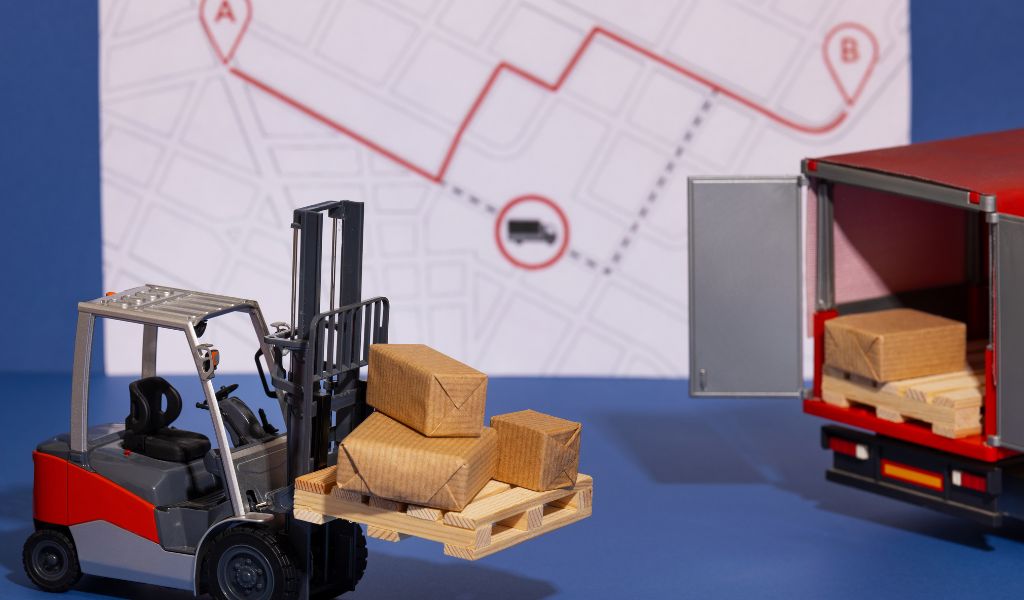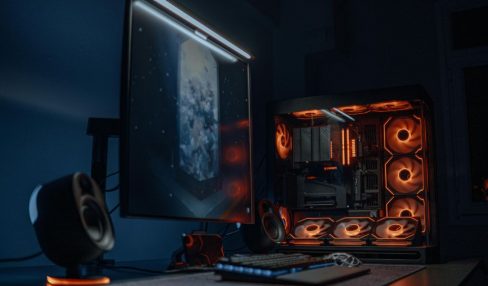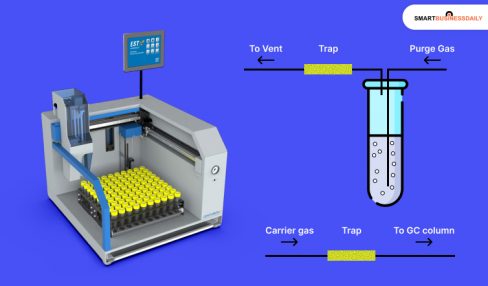How Supply Chain Shortages Are Affecting Car Safety Inspections And Maintenance
07 October 2025
5 Mins Read

- Prices Increase As A Result Of Inflation And Supply Chain Shortages
- An Ounce Of Maintenance Is Worth A Pound Of Repair
- Buy New Or Make A Repair: Vehicle Owners Pay Either Way
- How Insurance Impacts The Ease Of Making A Vehicle Repair
- What Vehicle Owners Can Do When Facing Supply Chain Issues With Repairs
- Vehicle Inspections After A Motor Vehicle Accident
The COVID-19 pandemic has impacted the supply chain in every economic industry. Motor vehicle inspections and maintenance are no exception. Shortages in these supply chains have endured since the beginning of the pandemic. Reduced work hours, increased production costs, and scarce resources have pushed supply chains to the brink and consumers have noticed.
Now with the increased tariffs, we have to ask, what is the impact of these supply chain shortages on car safety inspections and maintenance?
Prices Increase As A Result Of Inflation And Supply Chain Shortages
It comes as no surprise that the costs associated with inspecting and maintaining vehicles have increased in the past few years.
Materials and labor are now more expensive for employers to pay for. As a result, when a vehicle owner seeks an inspection or needs to schedule an appointment for service, each of those activities now costs more money.
The result of this price increase is that fewer vehicle owners can afford to have their car or truck inspected for potential issues. At the same time, even simple maintenance such as oil or coolant changes may be out of the reach of many owners.
An Ounce Of Maintenance Is Worth A Pound Of Repair
Beyond the financial strain, supply chain shortages also create significant safety concerns on the road. When drivers delay routine maintenance or postpone necessary repairs because of cost or long wait times, the risk of accidents increases. Worn brake pads, faulty lights, or ignored engine issues can all lead to dangerous situations that might have been avoided with timely service. For many families, these challenges are not a matter of convenience but of safety. Until supply chains stabilize, vehicle owners must weigh short-term savings against the long-term risks of driving without proper inspections and maintenance.
One of the many downsides to the industry-wide supply chain shortages is that many vehicle owners are unable to pay for routine maintenance. Unfortunately, the routine maintenance, which costs pennies on the dollar, helps to prevent the need for costly repairs.
When repairs do need to be scheduled for a vehicle, be prepared to wait. Supply chain shortages have made estimated repair times double or even triple for many vehicles. Coupled with the aforementioned increase in labor and materials, vehicle owners are in an even more difficult position when it comes to repairing their vehicles.
Buy New Or Make A Repair: Vehicle Owners Pay Either Way
Not coincidentally, the same supply chain shortages that have impacted the vehicle maintenance and repair industries have also led to changes in the market for new vehicles. Specifically, newer vehicles are more expensive than ever to purchase. We’ve seen reports of consumers who are leasing their vehicles getting impressive offers from dealerships to buy back used cars because the market is so hot for them. Many average Americans simply can’t afford a new vehicle at these top price points.
In previous years, a vehicle owner may have opted for a costly repair over purchasing a new vehicle. Now, a vehicle owner is caught between two undesirable options: 1) purchase a new vehicle that is not only expensive but a depreciating asset, and 2) pay up for a costly repair that may not have been the fault of the vehicle owner.
Proper maintenance of an existing vehicle is crucial in reducing the need for costly repairs or purchasing a new one. Oil and fluid changes are no fun to pay for, but they can greatly extend the life of an older vehicle. Inspections performed when a small issue arises can diagnose a problem before it quickly becomes a major repair.
How Insurance Impacts The Ease Of Making A Vehicle Repair
When a vehicle owner must schedule a repair for their car or truck, their insurance takes center stage. The type of insurance policy an owner has purchased makes a major difference in the repair experience.
For instance, whether an insurance policy allows for substitute transportation affects several aspects of the repair process. When a vehicle needs a lengthy repair, that places a certain amount of pressure on the repair shop to ensure that the length of time for the repair does not exceed the number of days a policy will pay for a rental vehicle.
That repair times have lengthened due to supply chain shortages has not resulted in an increase in the amount of time rental vehicles are made available under insurance policies.
In situations where a part is on backorder or the supply chain has failed to produce it, this means a vehicle owner may have to pay out of pocket for additional time with a rental vehicle. Parents of small children may have no choice but to select a rental vehicle that costs more money per day. This, too, impacts the type and length of vehicle that may be rented.
What Vehicle Owners Can Do When Facing Supply Chain Issues With Repairs
There are steps that vehicle owners can initiate when facing difficult circumstances brought about by supply chain problems.
If a vehicle is involved in an accident but is still drivable, first make sure that all parts are in at the repair shop. Do not drop off the vehicle until the shop has confirmed that all necessary replacement parts are physically at their location.
Most repair shops have reduced or no hours on weekends, which means that the earlier in the week that a repair can be scheduled, the greater the likelihood that a repair can be completed before the weekend.
Vehicle Inspections After A Motor Vehicle Accident
Once a vehicle is involved in an accident, it can take an increasingly long time to simply have the car or truck inspected for damage. Technology, such as inspections via App, has helped to minimize these issues somewhat.
However, it is still the case that physical inspections of vehicles for many insurance companies are delayed due to a smaller available workforce. Once repairs are complete, a similar issue may arise when it comes to inspecting the vehicle for safety before a job is done.



















Comments Are Closed For This Article